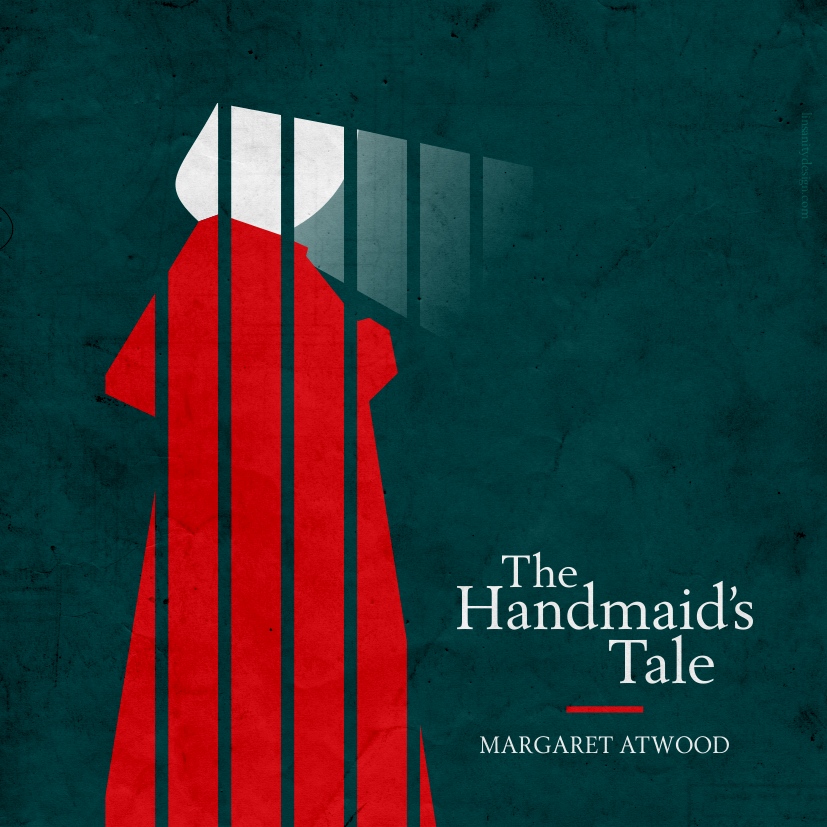News that a group armed with hammers and an icepick defaced two photographs by artist and photographer Andres Serrano was as predictable as it was depressing.
Serrano’s career is littered with this kind of controversy: one of the works destroyed was a photograph of Piss Christ, a work that depicts a glowing crucifix suspended in a jar of the artist’s urine. It’s been notorious ever since its first appearance amidst the culture wars of the late 1980s, and has been physically attacked by gallery-goers on several previous occasions: this type of response is not entirely unprecedented.
Less expected, though, was the recent furore over another similar work: A Fire In My Belly is a 13-minute video piece by the less well-known artist David Wojnarowicz. It features three brief sequences (totalling 15 seconds) of ants crawling over another small plastic crucifix.
Originally made in 1987, an attempt by Washington DC’s National Portrait Gallery to include the film in an exhibition last autumn prompted outrage from cultural conservatives, including Speaker of the House John Boehner. It was removed from the gallery in December after threats of congressional investigation into the Smithsonian Institute, the taxpayer-funded body which administers the gallery.
In this faintly creepy TV appearance, a Catholic League spokesperson makes the rather debatable claim that they weren’t attempting to censor anyone — they were merely encouraging their friends and colleagues in government to effectively bankrupt the gallery, rather than directly asking for A Fire In My Belly to be removed. Other blithe assertions include the idea that all art “should be beautiful”: by lacking this kind of Catholic League-approved beauty, A Fire In My Belly is assumed to be the sole product of a deep-seated “anti-Christian animus”, as if art can have no other purpose but to exalt or profane.
This myopic approach is often seen when claims of religious offence are used to threaten artistic freedoms, from The Satanic Verses to The Last Temptation of Christ. The idea that the use of religious imagery affords no middle ground between worship and heresy belies either a fundamental misunderstanding of the complex, ambiguous nature of artistic expression, or outright contempt for it.
For example, Serrano is a self-professed Christian, albeit one estranged from the Catholic Church; the image in Piss Christ possesses a sense of gravitas and, yes, a kind of beauty, which is both clearly intended by the artist and far removed from the materials used to create it. Similarly, A Fire In My Belly is a harrowing elegy to Wojnarowicz’s friend Peter Hujar, who died of AIDS shortly before the film’s creation, and a scream of horror at America’s impassive non-response to the unfolding epidemic. As one critic puts it , the piece “rails against those who profess Christian compassion but refuse to enact it”.
Ultimately though, free expression shouldn’t have to justify itself against threats of physical violence and censorship by appealing to aesthetics in this way. Instead, those who claim offence should perhaps be expected to offer responses which go beyond trying to censor pieces of contentious art, constrict the means of their production, or attack them with hammers.




